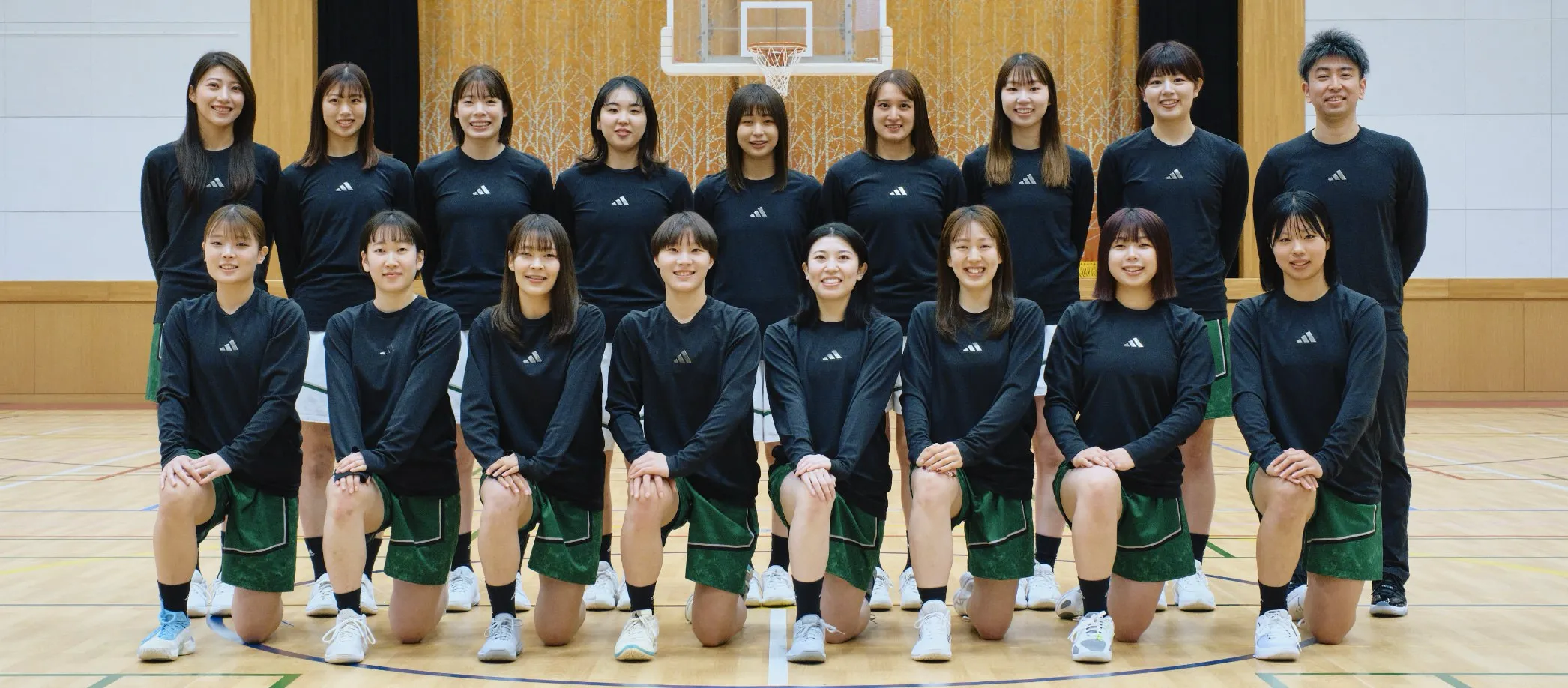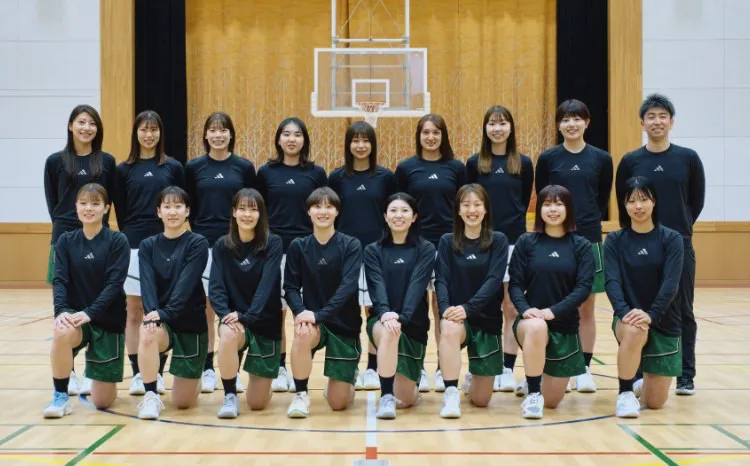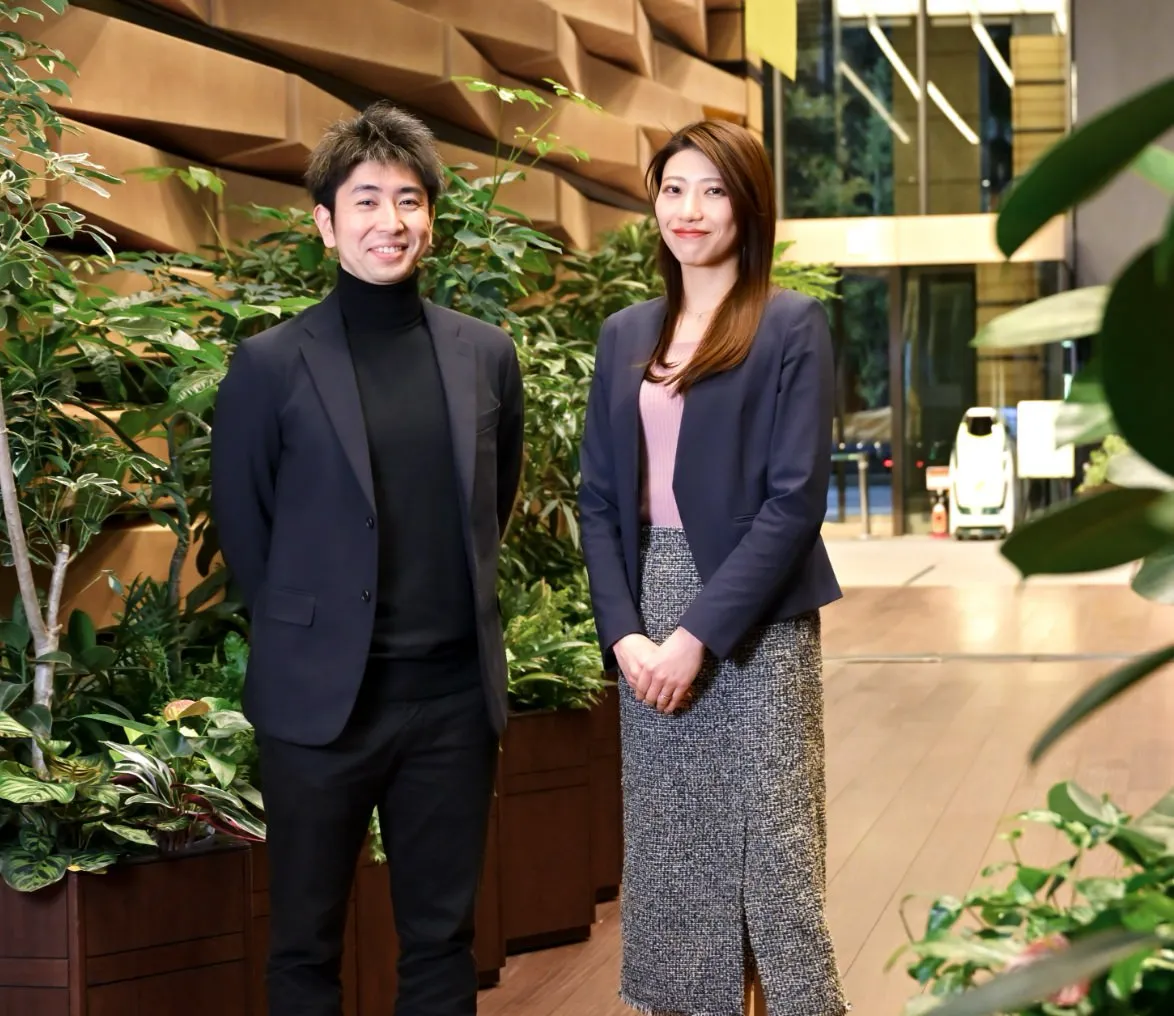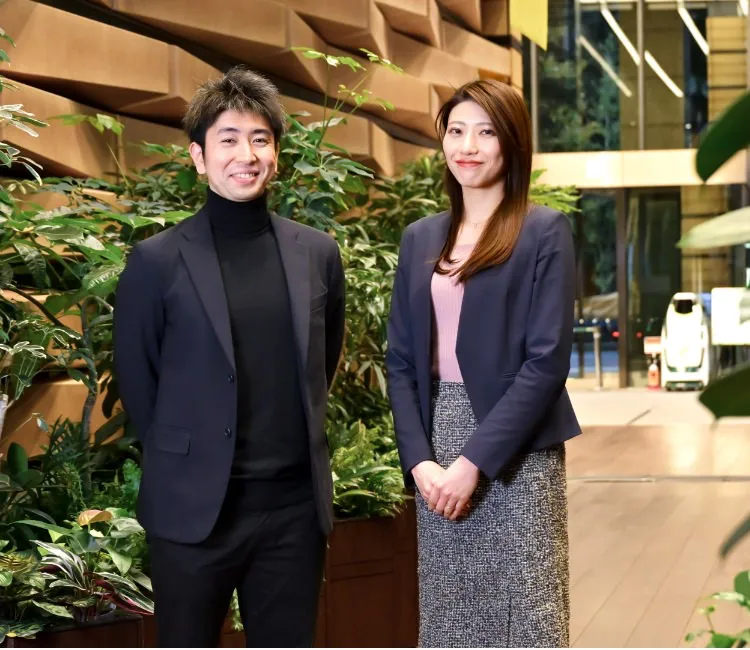In Japan, the number of basketball players totals approximately 340,000 for men and 230,000 for women. While gender disparities are common in most sports, basketball has a relatively smaller gap, making it a sport enjoyed widely irrespective of gender.
At the Tokyo Olympics, Japan’s women’s basketball team won the silver medal, a remarkable achievement that remains fresh in many people’s minds. However, few female athletes continue their professional careers, with their participation dropping significantly upon entering the workforce. One major reason for this is the dilemma many female athletes face: choosing between continuing their sport and building a career. Unfortunately, many opt to prioritize their careers and retire as athletes during their student years due to the lack of support for second careers after retirement. Even those who choose to balance sports with work face challenges such as time constraints and the difficulty managing both commitments.
In response to this situation, Sumitomo Mitsui Banking Corp.(SMBC) established a career model that enables female athletes to balance work and sports. This decision was based on the achievements of its SMBC women’s basketball team, and the W League’s efforts to advance women’s basketball by welcoming new teams.
In April 2024, SMBC announced that its women’s basketball team would join the W League in October 2025.
Reviving Corporate
Sports After 24 Years –
Building a Stronger
Team Together
Ayano Hirata, a member of the Sustainability Development Dept. at SMBC and an active player on the women’s basketball team, is leading this project. She shares her thoughts on the current state of women’s basketball and the project’s goals: “Many players are forced to give up basketball due to career considerations. Through this project, we aim to establish an environment where athletes can focus on basketball while also building a stable second career and securing their future, presenting a reliable career model.”
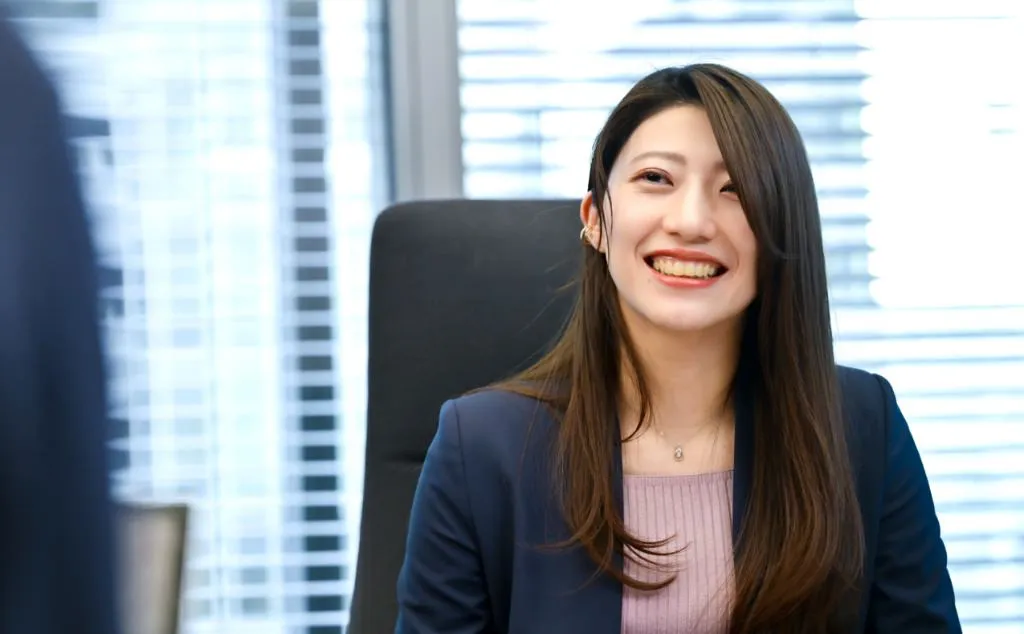
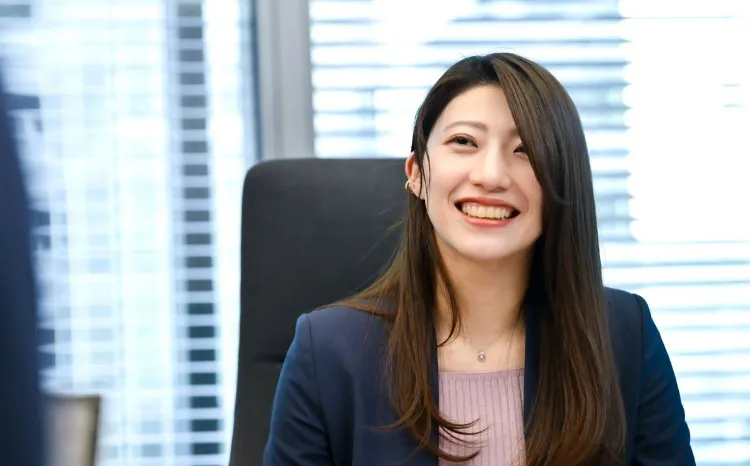
Kakeru Konno, who has been appointed as the head coach of the SMBC women’s basketball team for its W League entry, shares, “For male athletes, strong performances can lead to professional careers. However, despite their hard work, many female athletes see their athletic careers end after university. Some athletes who once captured media attention quietly fade from the spotlight, something I’ve always felt is a great loss. Learning about this project, I was truly impressed by its vision: allowing athletes to continue basketball while working, inspiring those around them, and receiving support in return.”
For SMBC, owning a corporate sports team for the first time in 24 years meant there was little internal knowledge or reference material available. As a result, the W League entry project had to start almost entirely from scratch.
Challenges arose at every stage, from determining the responsible department to securing budgets, setting expense categories, designing the team name and logo, recruiting staff and players, and establishing a personnel framework that covered both athletic and employment aspects.
While tackling these challenges, enhancing the training environment was also crucial to improve the team’s performance. Competing in the higher competition standards of W League required more practice time, which required securing training facilities and coordinating work hours and travel schedules with relevant departments.
To maximize each player’s health and performance, the team carefully monitors physical data, sleep duration, fatigue levels, and previous training sessions. This data is used to adjust training intensity, manage fatigue, and plan meals, and nutritional supplements.
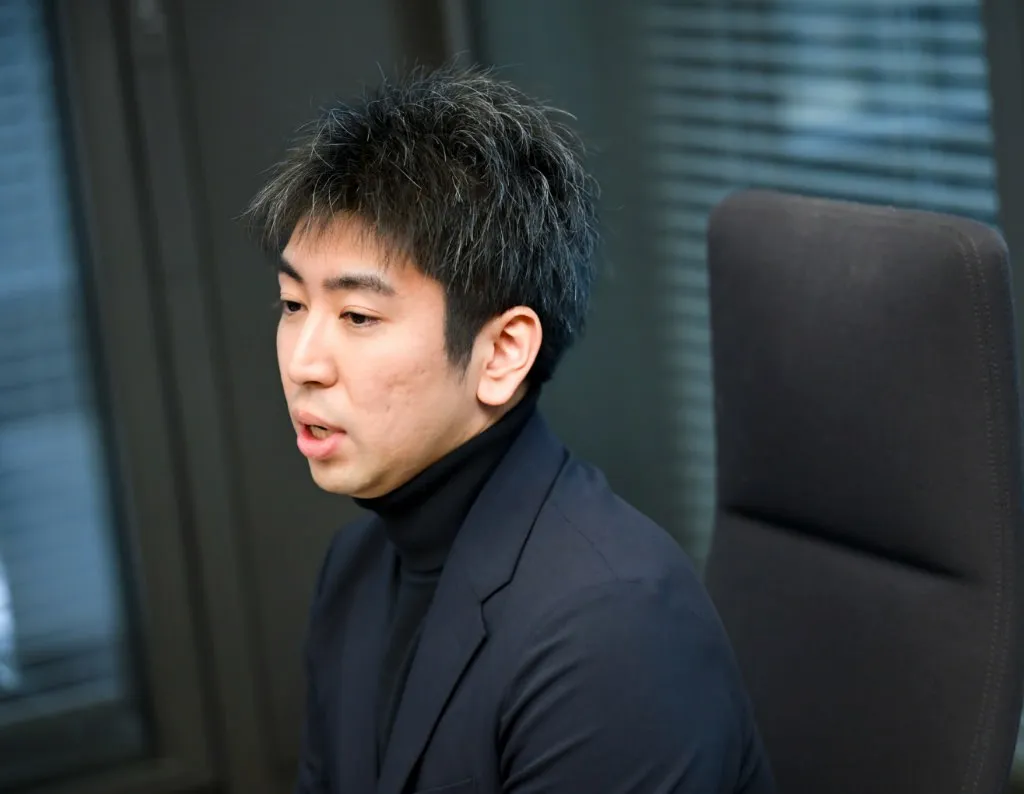
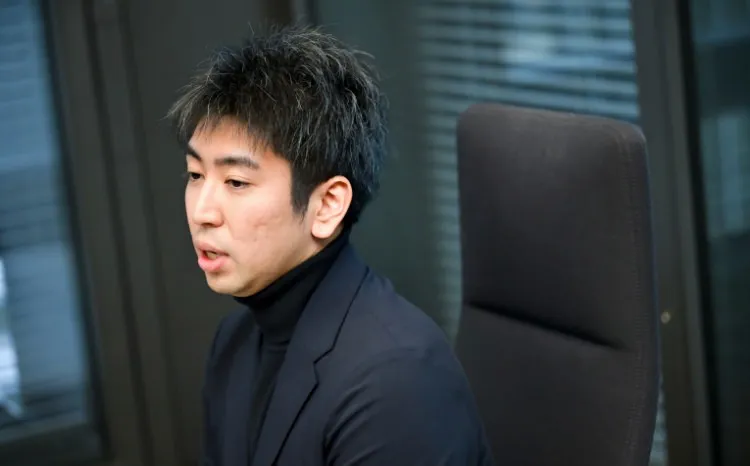
Konno explains, “We prioritize the players’ well-being while ensuring they train as much as possible to improve performance. By maintaining close communication with Hirata and the players, we continuously develop effective training programs.”
Hirata emphasizes that self-management skills are crucial for balancing work and sports: “Effective time management is essential for players to juggle training and job responsibilities. In addition to work and team practices, they must also plan independent training and ensure they get enough rest. Managing this balance independently is crucial.
After joining the W League in 2025, their schedules will become even more demanding, making self-discipline even more critical. I believe this skill will also be invaluable for their second careers after retirement.”
Beyond athletic performance, it is equally important that players have a positive impact on their workplace and gain support from those around them.
Hirata shares, “I always remind the players to appreciate many people who support their activities. I also encourage them to bring the same level of dedication to their jobs as they do to their sport. By demonstrating their ability to balance both, they can inspire those around them with a spirit of courage and determination.”
Supporting player development and fostering a unified team effort among players, staff, and the broader community is at the core of this project.
Towards a Society Where
Balancing Work and
Sports Becomes the Norm
The W League introduced a two-division system in 2024. When SMBC’s team joins in October 2025, it will start in Division 2, which consists of the seven lower-ranked teams. The team aims to be promoted to Division 1—where the top eight teams compete—by 2030 and to win the league championship by 2035.
Hirata expresses her strong determination: “To convey the significance and value of this initiative beyond just core fans, we are committed to winning and achieving results.”
Konno outlines the team’s roadmap, “Our first step is to be qualified for a promotion match within three years of joining. We need to strengthen our performance and establish ourselves as a Division 1 team.”
Hirata sees how this project can impact society, sharing, “We hope that establishing a new work style that balances sports and careers will be recognized as a viable option not only in women’s basketball but across all women’s sports. Just as balancing work and parenting is becoming more common, we aspire to create a society where balancing work and sports is equally natural, contributing to the overall growth of women’s sports.”
